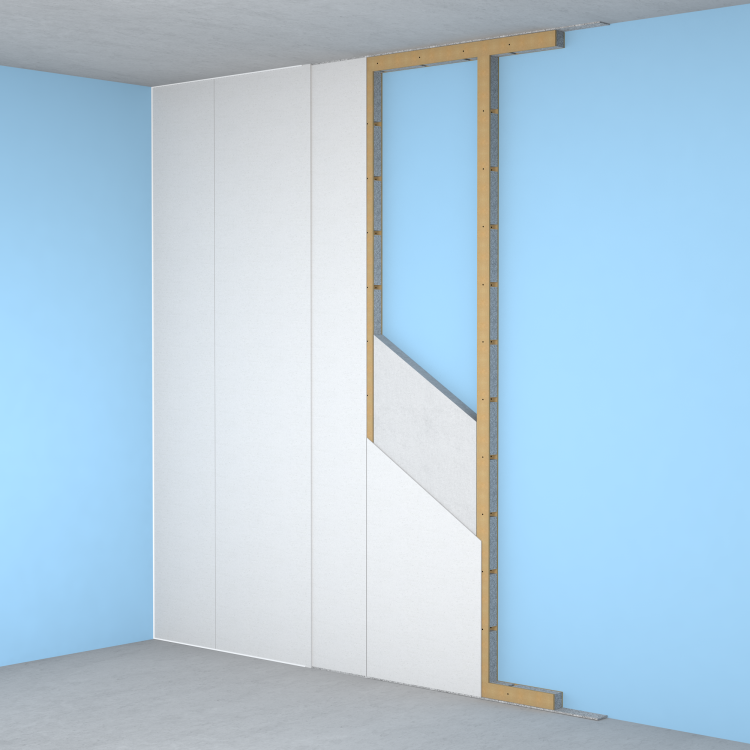-
 Akoestikon Acoustic StudsSoundproofing for Wall and Ceiling
Akoestikon Acoustic StudsSoundproofing for Wall and Ceiling- Soundproofing for wall & ceiling
- Excellent soundproofing properties
- Easy to install, with guide & manual
(incl. tax)Starting at £8.65
-
 Isomat KE FiberMass Loaded Sound Barrier Sheets
Isomat KE FiberMass Loaded Sound Barrier Sheets- Mass loaded vinyl, Sound barrier
- Soundproofing floor & wall
- Easy to process
(incl. tax)Starting at £24.95
Soundproofing neighbour noise
For more information about soundproofing your you might want take a look at our page "Soundproofing neighbour noise". You can find solutions to soundproof noise from all side of your home. If you have any questions, just let us know, we're happy to help any way we can.

 Sound Insulation
Sound Insulation  Soundproofing
Soundproofing  Vibration Isolation
Vibration Isolation  Silent Ventilation
Silent Ventilation  Accessories
Accessories  Thermal & Acoustic Insulation
Thermal & Acoustic Insulation 